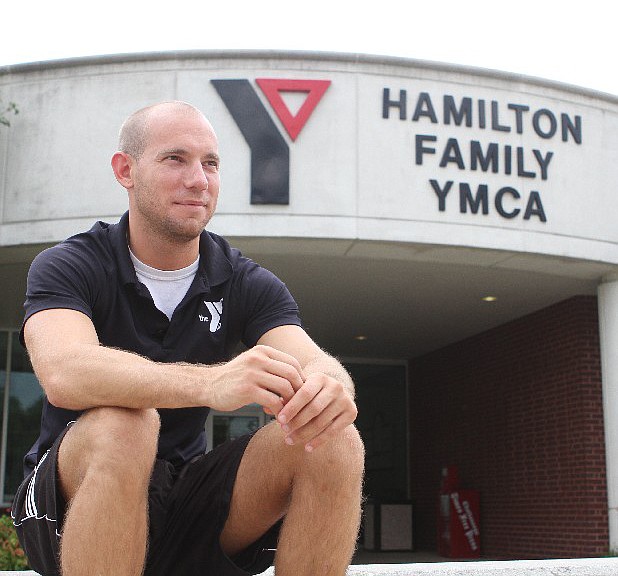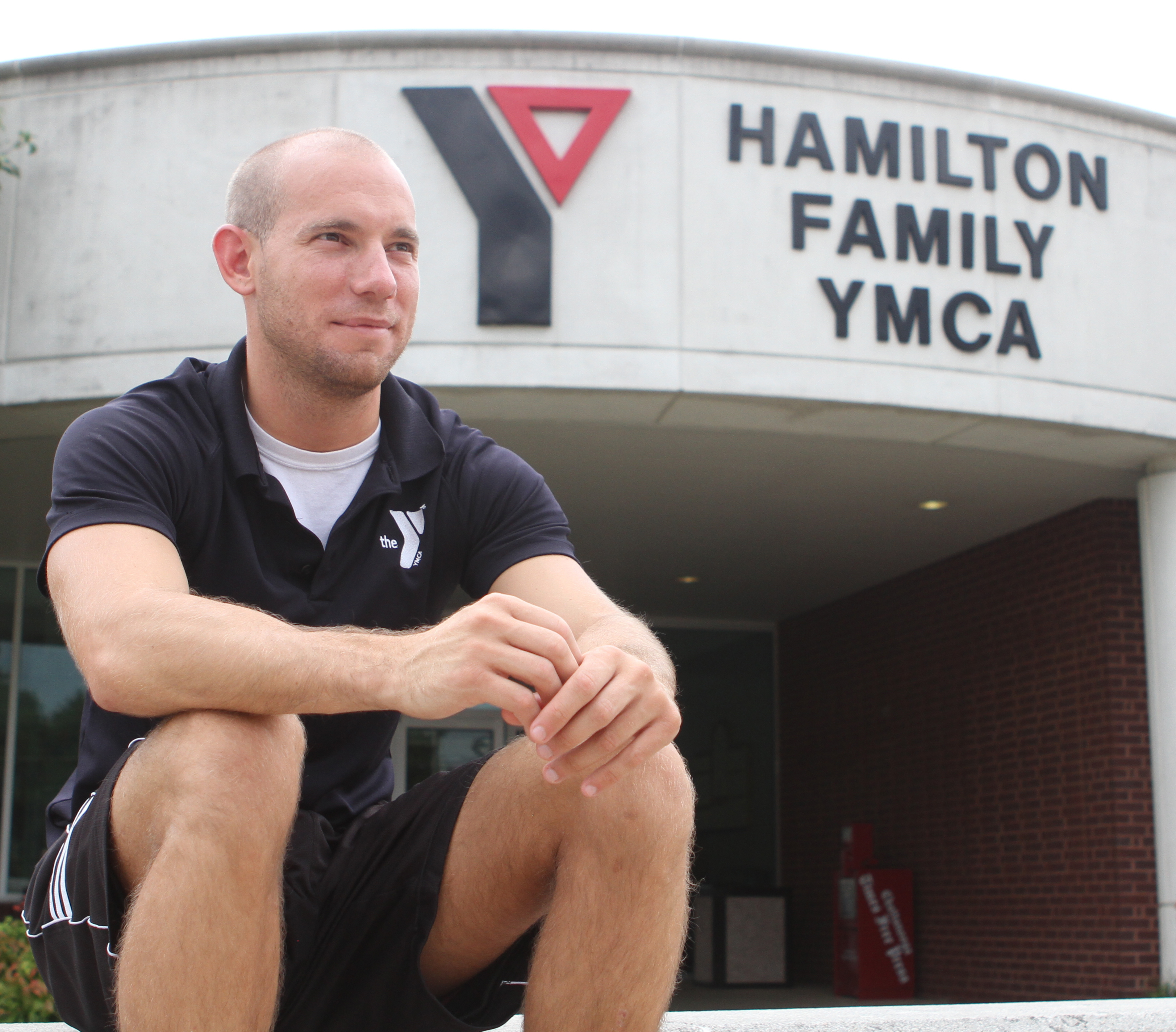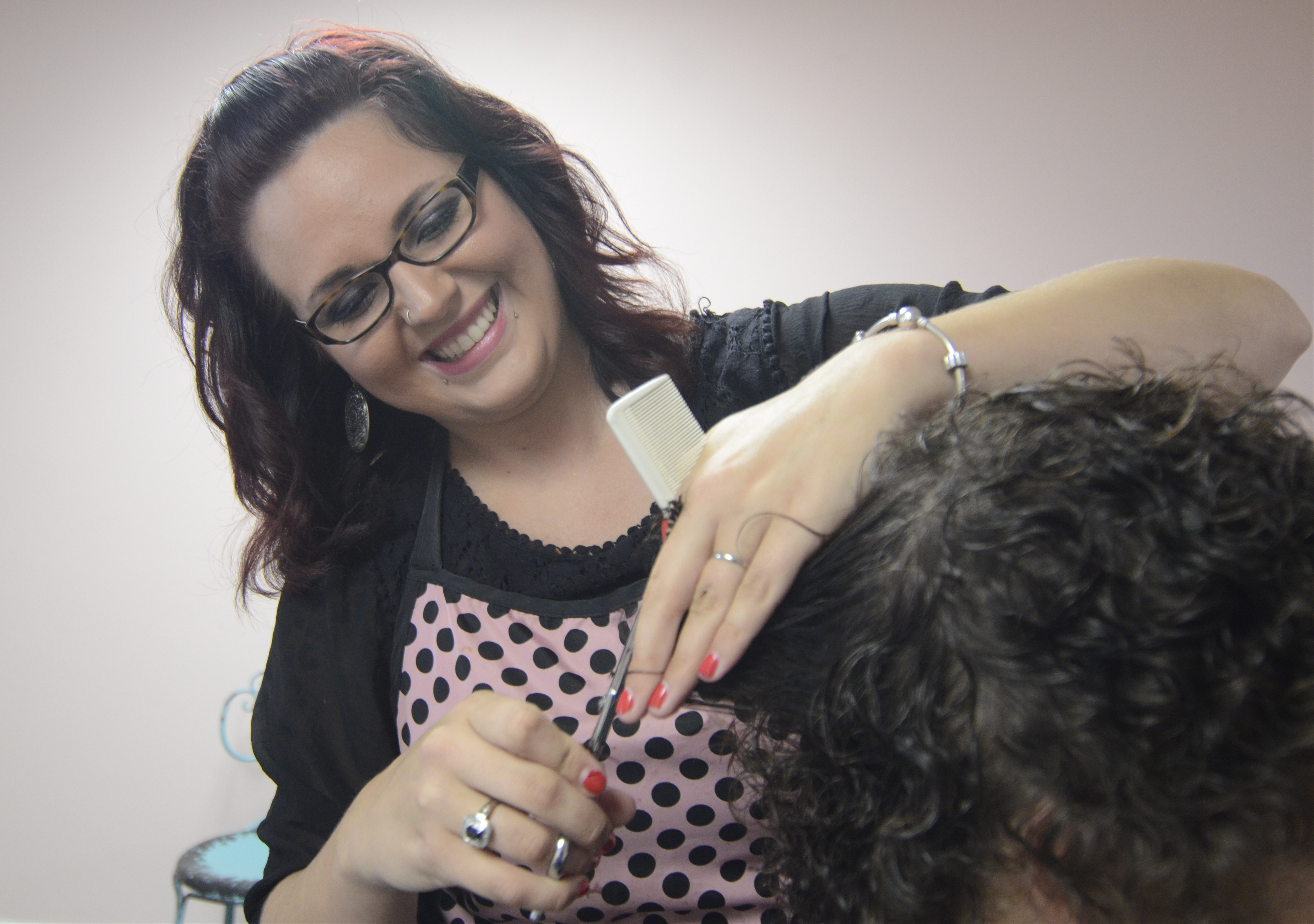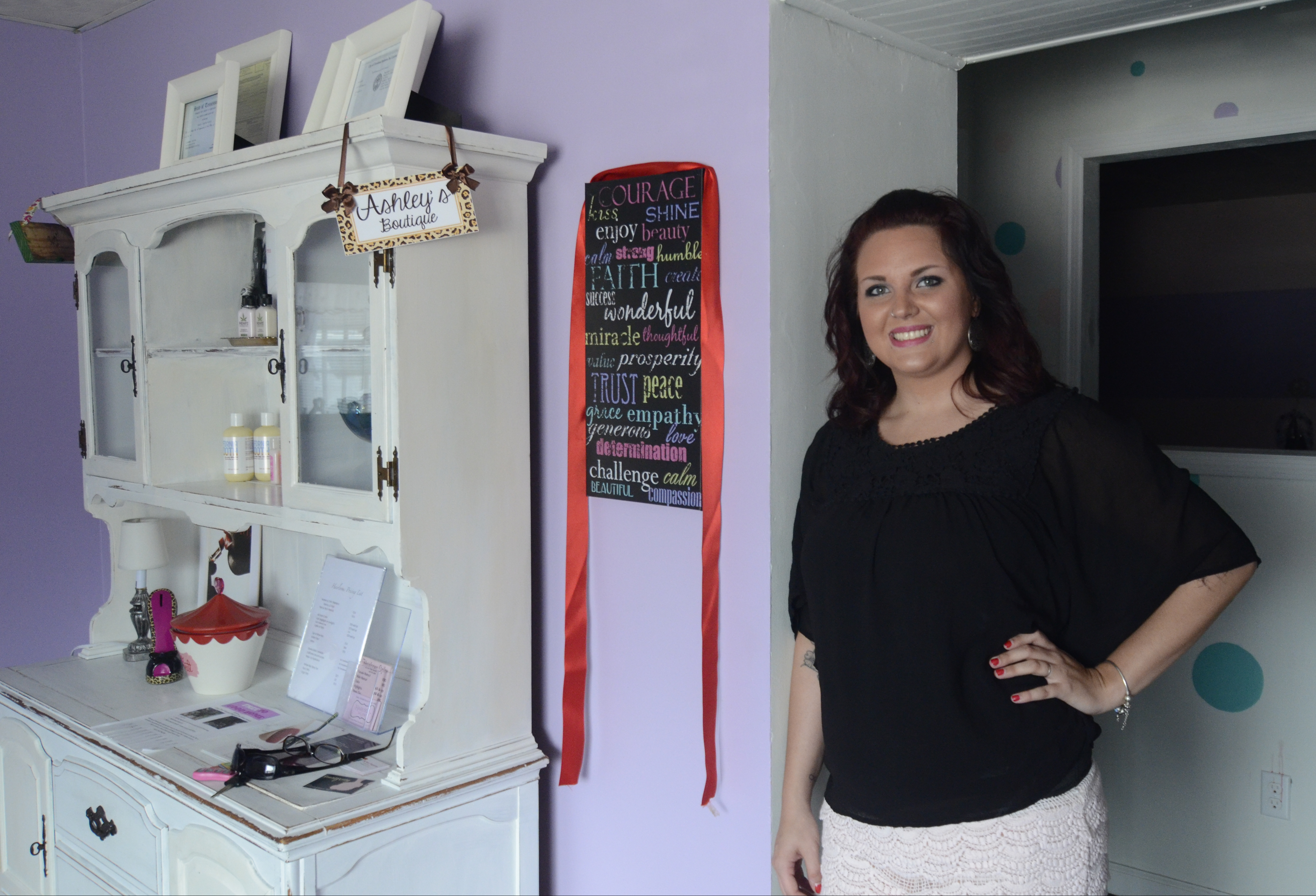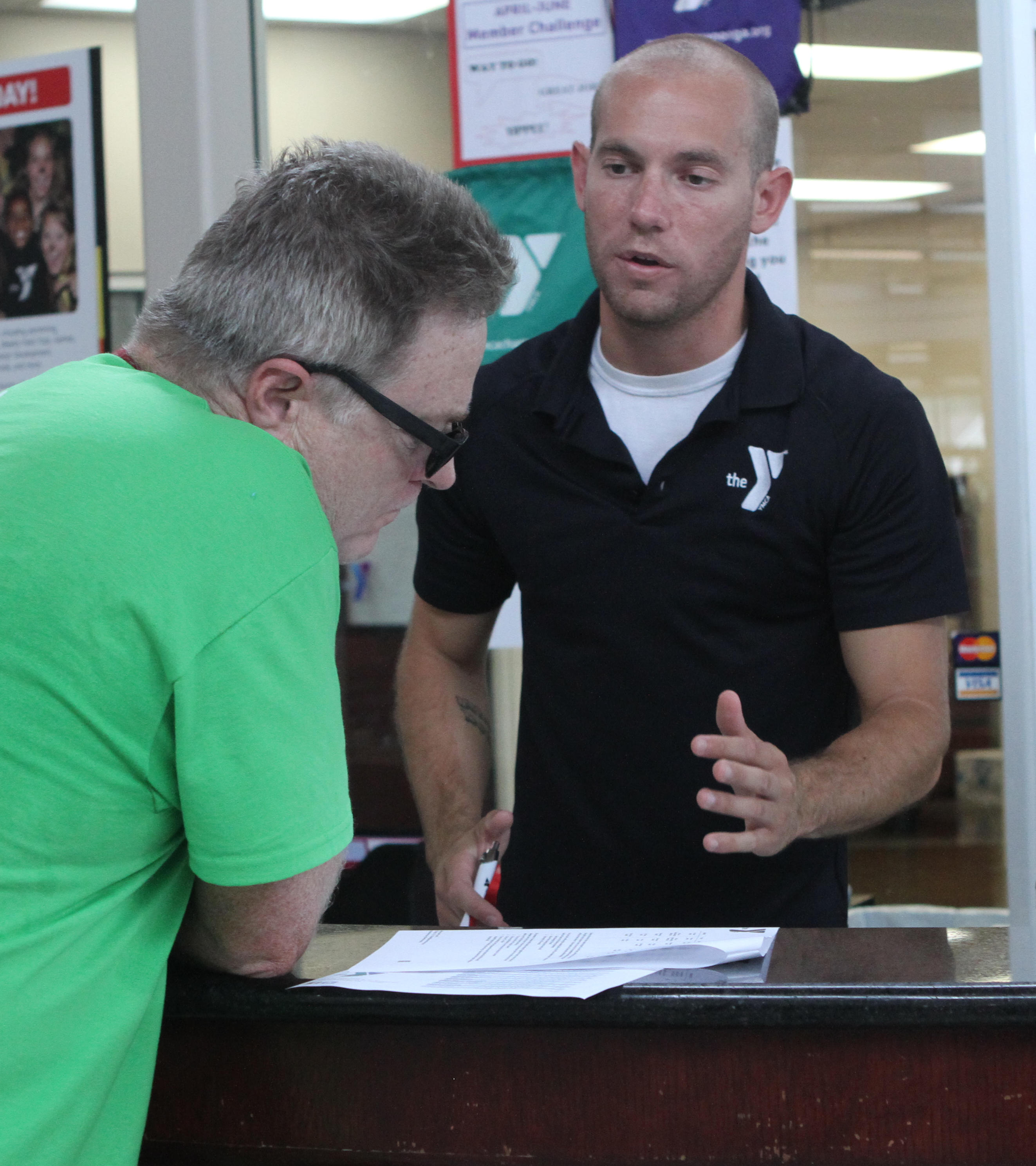LEARN MORE*Federal informational site: HealthCare.gov*BlueCross BlueShield's educational site: bcbst.com/knownow*Cigna's educational site: informedonreform.com*American Exchange: http://americanexchange.com/*Kaiser Family Foundation: http://kff.org/health-reform/FAST FACTS* HEALTH INSURANCE MARKETPLACES: Public Health Insurance Marketplaces will be a new online portal to compare the costs of various health plans, and potentially receive tax credits to put towards buying such plans. Tennessee will have a federally facilitated marketplace. http://marketplace.cms.gov/* TAX SUBSIDIES: People with incomes between 100 percent and 400 percent of the poverty rate who purchase coverage through a health insurance exchange may be eligible for a range of tax subsidies, which will be delivered in the form of both advanceable and refundable tax credits.* TIERED RATES: Marketplace insurance plans are put into 4 categories based on how you and the plan can expect to share the costs of care: Bronze, silver, gold and platinum. The category you choose affects how much your premium costs each month and what portion of the bill you pay for things like hospital visits or prescription medications. It also affects your total out-of-pocket costs. All marketplace insurance plan categories must offer the same set of essential health benefit. The marketplace also offers "catastrophic" plans to people under 30 years old and to some people with very low incomes.* TYPES OF PLANS: The marketplace opens the door to plans offered by private companies, and also tells you if you qualify for free or low-cost coverage available through Medicaid or the Children's Health Insurance Program (CHIP). The government regulates what kinds of features need to be included in private plans, and sets thresholds for costs. The government also is in charge of the tax subsidies. So far, BlueCross BlueShield of Tennessee, Cigna, Humana, Coventry Health & Life and Community Health Alliance have submitted plans to the marketplace.* PENALTIES FOR NOT BUYING INSURANCE: In 2014, the penalty will be $95 per adult and $47.50 per child (up to $285 for a family) or 1 percent of family income. The next year, it will triple.* TIMELINE: Open enrollment runs from Oct. 1, 2013, to March 31, 2014. Coverage through plans purchased on the exchanges starts Jan. 1 2014.Sources: HealthCare.gov, Kaiser Family Foundation, Tennessee Healthcare Finance and Administration
When Joe Jansen blows out the candles on his 26th birthday cake this November, it may be a good moment to wish for a job with health benefits.
Ever since the Affordable Care Act extended the time young adults could stay on their parents' health insurance, the 26th birthday has become a new, somewhat unpleasant rite of passage for those who depended on the extra time to find footing in a recession-addled job market.
Jansen is a full-time student at Chattanooga State Community College. His part-time job selling memberships at the YMCA doesn't include health benefits.
Before the health law, he spent some time uninsured, and for a while he paid for a high-deductible individual plan. But after the law was passed in 2010, his mother suggested he rejoin the family's plan. It dramatically reduced his co-pays, allowed him to get ACL surgery and freed him to finish school.
Soon after his birthday, he hopes to graduate and get a job in law enforcement. But until that happens, he has accepted the fact that he will be in health care limbo. He said that's OK for a few months, but not longer.
"There's too many risks with not having insurance," he said. "It's too easy to get in a wreck, or get sick."
Ashley Patrick will fall into the same limbo Sept. 25, the day she turns 26.
The Cleveland, Tenn., hair stylist used to be insured through an employer but switched her family's plan to start her own salon. None of the plans she has recently shopped for make financial sense. Her husband is job-hunting, but dealing with post-traumatic stress disorder.
"When my birthday comes, we will have nothing. We'll have to do without," says Patrick.
Some critics say 26-year-olds are more than old enough to have established an independent source of income and benefits.
But coverage options for young adults without employer-based insurance have long been too few, or too unreachable. Young adults today have the highest uninsured rate among any age group: About 30 percent lack coverage, according to the U.S. Department of Labor.
Because young adults typically transition into the job market with entry-level or part-time jobs, they have the lowest rate of employer-based insurance, even if they work.
The labor department also reports that one in six young adults has a chronic illness, and nearly half say they have problems paying medical bills.
But with health care reform, the the playing field for 18-to-35-year-olds is changing drastically. A group typically ignored by insurance marketing is suddenly finding itself in the spotlight of the shifting health care scene.
The White House has said the new law's success depends on this group.
Experts say the new tax-subsidized health insurance marketplaces -- which open online in October -- will only work if millions of healthy, young Americans sign up, buoying the weight of the older, sicker millions who are likely candidates for the new plans.
Out of the 7 million Americans predicted to enroll in private insurance coverage, the administration says 2.7 million need to be adults between 18 and 25, according to The Washington Post.
The White House has called on celebrities and entertainment executives to help highlight the appeal of the marketplaces.
Conservative activists say young adults are valuable weapons in the right's efforts to sabotage the health law. If enough young people opt out, premiums for everyone else will rocket to unsustainable heights and the system will collapse, they say.
Meanwhile, insurance companies see the age group as a key investment in a new market. And health advocates see them as a population that stands to gain some of the greatest benefits from reform.
But many young adults themselves aren't aware of the options opening to them this October. Because the issue is so steeped in politics, it can be difficult to decipher what is becoming available.
Patrick said she had no idea that within months, online marketplaces will be available with cheaper plans subsidized by tax credits.
"That would be huge for us," she said.
Jansen's take on the law has shifted as he's felt its impacts.
"I was initially not a fan of [the law], but we found out that we could take advantage of this part of it, and it was really good for us," says Jansen.
He's undecided about the law as a whole; he's waiting to see what happens.
ALL EYES ON THE INVINCIBLES
The term the insurance industry uses to describe this age group is "young invincibles." For them, health insurance is just not a priority.
"They're balancing all the other expenses in their life," said Carla Raynor, vice president of strategic marketing for BlueCross Blue Shield, which only recently began marketing to this age group.
"They also feel because they're young and invincible, that if something does happen, their parents will take care of it, or they will deal with it themselves eventually."
Much has been made of the group's seeming aversion to long-term commitments. And in a year where songs with titles like "Die Young" and "Here's to Never Growing Up" dominate Top 40 charts, it's easy to see why some experts say health insurance will be a tough sell in this demographic.
But in a June poll, the Kaiser Family Foundation found that more than seven in 10 younger adults think health insurance is "very important," and worth the money. Just a quarter of those feel they are healthy enough forgo it. Two-thirds say they worry about "not being able to pay medical bills in the event of a serious illness or accident."
"I don't find that stereotype of the young adult to be true," said David Yoder, vice president of American Exchange, a new Chattanooga-based insurance broker that guides people through their options under the Affordable Care Act. The company works with many young people. "I'd say once they've reached 23, they start to realize the benefit. The question becomes not so much whether I need it, but whether I can afford it."
Yoder and American Exchange president Bobby Huffaker try to show young adults and others new to insurance shopping that the rates in the online marketplace have leveled the playing field.
"If they're self-employed, or if they're working a job like a bartender, it's been a question of how are they going to afford coverage -- especially if they have a condition," said Huffaker. "Many haven't realized that, even without subsidies, the new rates are very favorable."
They break down the math. For a 27-year-old woman earning $25,000 a year, one potential marketplace rate would put her monthly premium at $157 a month. But factor in tax subsidies, her income level and single status and that $157 could drop to $45-$50, Yoder said. And that's coverage from a private insurer, with essential health benefits like prescriptions, preventative care and maternity.
"At that point she says, 'I can afford that. I don't even have to think about it,'" Yoder says.
BlueCross, which has submitted plans to the marketplace, has seen the same reaction in focus groups: Young adults who say they are against health reform but are quickly won over by price lists.
"They'd go from outrage and anger to 'Where can I buy this?'" said Raynor.
Insurance companies submitting plans for the exchange do not yet have final approved rates, but BlueCross said its new plans, paired with subsidies, "hit the price points" for those who can only afford $50-$100 a month.
Tying insurance to an individual rather than employers is a game changer, said Huffaker and Yoder.
"When I graduated college the first thing my mom said was, 'Find a job that has health benefits,'" added Yoder. "I think this frees your average young adult to go out there, be an entrepreneur. ... You have the ability to say, 'I'm going to go out there and pursue my passion.'"
Not every young adult wins in the system, they acknowledge. Individuals earning in the upper $40,000s will see premiums go up to make lower exchange rates possible.
BlueCross is also quick to say the new levels of coverage come with a cost to those already privately insured -- especially those on individual or small business plans. Premiums for individual policies could, on average, rise by more than 30 percent, and for small groups, 10 percent.
In March, BlueCross announced rates could go up as much as 62 percent for "some healthy, younger males."
That message -- that these rates come at a price for the already-insured -- is another point conservative activists are aiming at this strategic age group.
Conservative groups are recruiting young adults to say no to the new options. It's worth it to pay the $95 penalty to avoid buying into a plan that's bankrupting the country, they say.
To symbolize this, FreedomWorks, a Washington-based conservative advocacy group, has urged young people to burn fake Obamacare health insurance cards -- a nod to Vietnam War protesters burning draft cards.
Another conservative group called the YGNetwork -- YG for "young guns" -- is fighting against the entertainment industry's seeming endorsement of the law by lobbing anti-Obamacare ads during shows like "Saturday Night Live" and "The Bachelorette."
And, from filming commercials in bars to rewriting health care jargon, insurance companies also are trying to bend the ears of young adults. Enrollment goals for this new group are high. BlueCross, the largest insurer the state, has launched an aggressive campaign to draw young customers.
But winning them means changing their impressions of insurance. After holding focus groups, BlueCross decided to simplify insurance lingo.
"We used the word 'premium,' and to them it means some kind of luxury value, like a luxury vehicle," Raynor said.
Thus, "premium" turns into "monthly payment." "Tax credit" becomes "financial assistance."
Digital marketing has been the thrust, with a mobile app and a website. In commercials, BlueCross promotes insurance as surprisingly affordable, and compatible for a 20-something's lifestyle.
"We've been shooting in bars, bowling, break-dancing. Things that look like a lot of fun -- things we haven't done in a long time," said Raynor, laughing.
It's a major investment, but companies like BlueCross say it's worth it to build customer loyalty at a young age.
If you get them while they're still invincible, they're more likely to stay loyal long after they're not.
Contact staff writer Kate Harrison at kharrison@timesfreepress.com or 423-757-6673.
